Urban gardening is becoming increasingly popular as more people look for ways to grow fresh fruits and vegetables in limited spaces. One fruit tree that thrives in containers and makes a perfect rooftop addition is the loquat tree (Eriobotrya japonica). Known for its sweet, tangy fruit and evergreen foliage, loquat is not only a delicious fruiting plant but also adds greenery and shade to urban gardens. In this guide, we’ll explore how to grow loquat in pots and grow bags, including planting, care, fruiting, and harvesting tips.
Why Choose Loquat for Container Gardening?
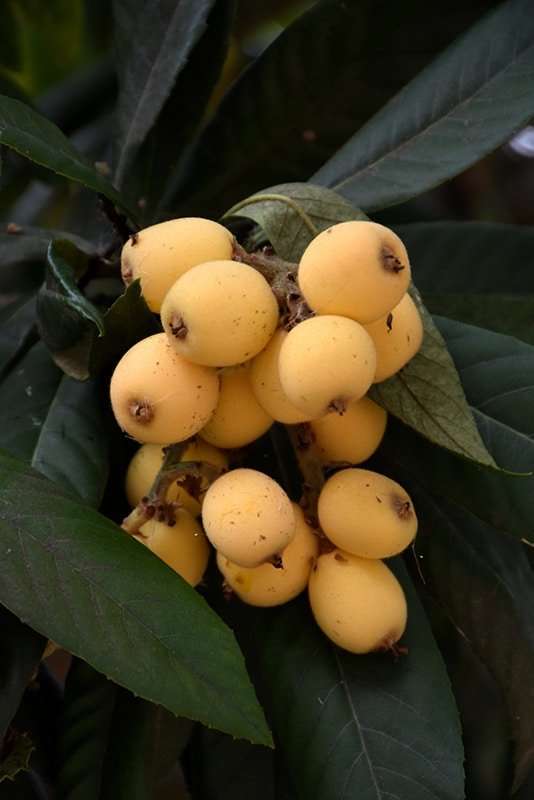
Loquat trees are ideal for container gardening for several reasons:
- Compact Growth: Loquat trees can be maintained at a manageable height when grown in pots or grow bags, making them perfect for rooftops and balconies.
- Evergreen Beauty: With glossy, dark green leaves, loquats add year-round visual appeal to your garden.
- Early Fruiting: Loquat trees bear fruit within 2–4 years when grown from grafted plants, making them rewarding for home gardeners.
- Low Maintenance: Loquats are hardy, drought-tolerant, and relatively pest-resistant, requiring minimal care compared to other fruit trees.
Choosing the Right Container
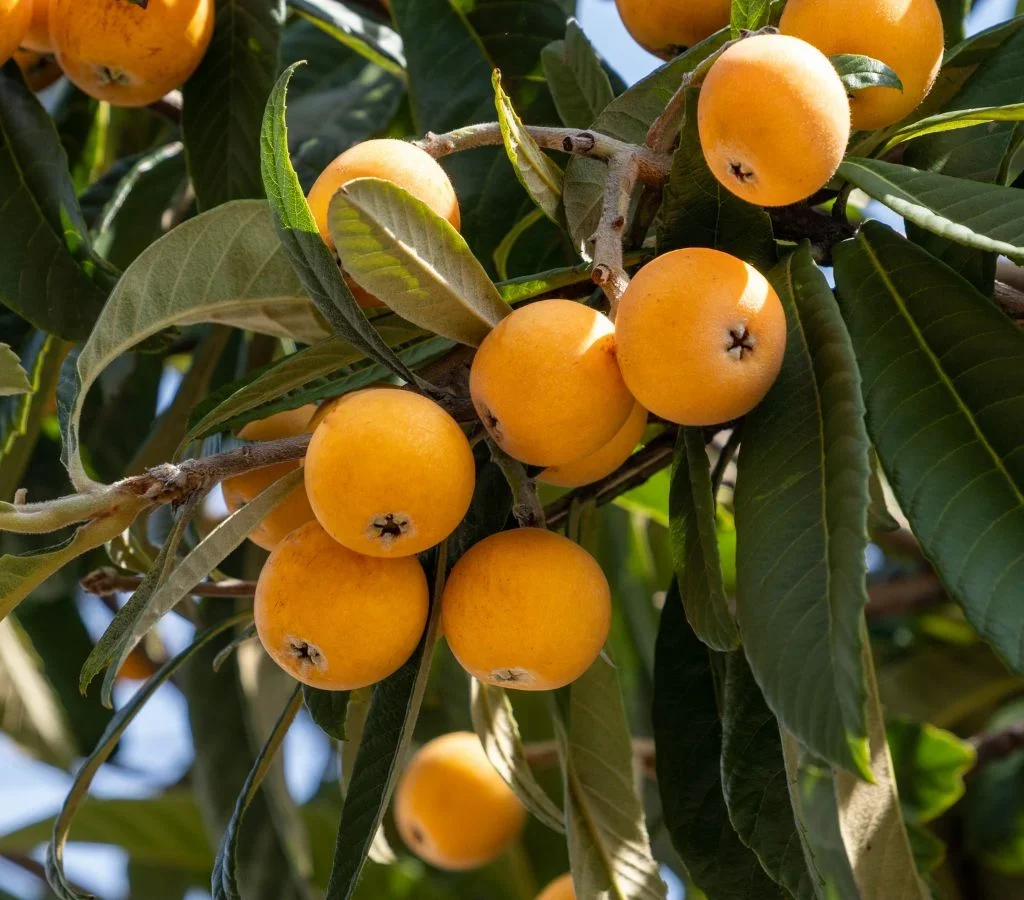
The first step in growing loquat in pots or grow bags is selecting an appropriate container:
- Pot Size: Choose a container at least 18–24 inches in diameter for young trees. As the tree grows, you may need to transplant it into a larger pot or grow bag of 30–36 inches.
- Material: Terracotta, plastic, or grow bags are all suitable. Grow bags are especially useful because they allow air pruning of roots and improve drainage.
- Drainage: Ensure the container has drainage holes to prevent waterlogging, which can lead to root rot.
Choosing the Right Loquat Variety
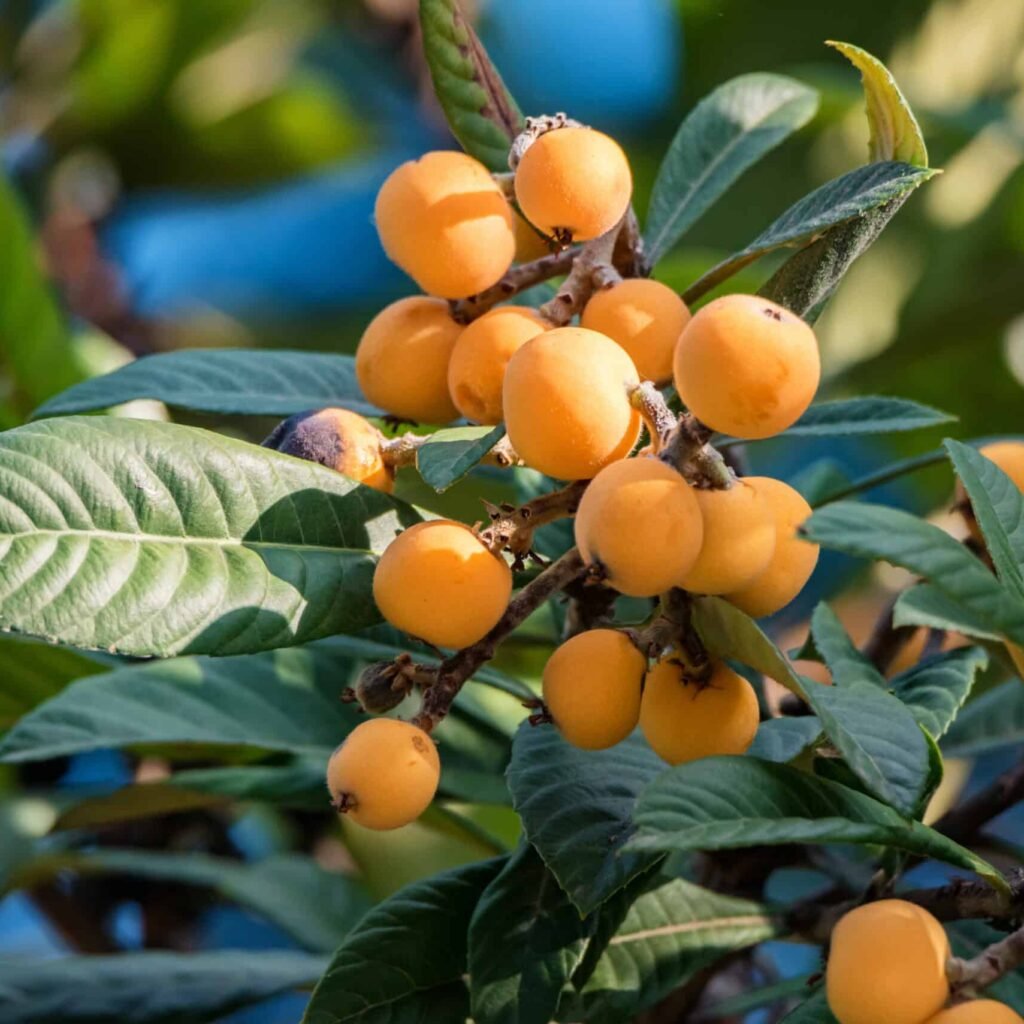
While loquats can be grown from seeds, grafted plants are recommended for container growth because they fruit sooner and are more predictable in size and quality. Popular container-friendly loquat varieties include:
- Gold Nugget: Sweet, yellow fruit with early ripening.
- Big Jim: Large fruits, ideal for home consumption.
- Champagne: Compact growth and abundant fruiting.
Planting Loquat in Pots and Grow Bags
1. Soil Preparation
Loquat trees prefer well-drained, slightly acidic to neutral soil. A mixture of garden soil, compost, and sand or perlite (2:1:1 ratio) works well for container planting. The compost improves fertility, while sand or perlite ensures proper drainage.
2. Planting Steps
- Fill the container with prepared soil mix, leaving space for the root ball.
- Gently remove the loquat sapling from its nursery pot.
- Place the sapling in the container and fill around the roots with soil, firming lightly.
- Water immediately to help the tree settle and reduce transplant shock.
- Apply a 2–3 inch layer of mulch to conserve moisture and protect roots from extreme temperatures.

Caring for Your Container Loquat Tree
1. Watering
Loquats require consistent watering, especially during hot, dry weather. Container plants dry out faster than ground-planted trees, so check the soil regularly. Water deeply when the top 2 inches of soil feel dry.
2. Fertilizing
Fertilize every 2–3 months with a balanced fertilizer (10-10-10 NPK) or a slow-release fertilizer. Loquats respond well to organic compost or well-rotted manure as well. Avoid over-fertilizing with nitrogen, which can encourage excessive foliage growth at the expense of flowers and fruit.
3. Sunlight
Loquats require full sun for optimal fruiting. On a rooftop, ensure the tree receives at least 6–8 hours of direct sunlight daily. Morning sun is especially beneficial for flower and fruit development.
4. Pruning
Pruning is essential to maintain the shape of your loquat tree and encourage fruiting:
- Remove dead or diseased branches to keep the tree healthy.
- Thin out crowded branches to improve airflow and light penetration.
- Trim long shoots to maintain a manageable size for container growth.
Pruning after fruit harvest is ideal to prepare the tree for the next flowering season.
Pollination and Flowering
Loquat trees produce fragrant white flowers in late autumn or early winter. While they are partially self-pollinating, having more than one tree nearby improves fruit set. Bees and other pollinators play an important role in transferring pollen and ensuring a good harvest.
Fruiting Your Container Loquat Tree
Container loquat trees can produce fruit within 2–4 years of planting. To maximize fruit production:
- Ensure the tree receives adequate sunlight and water.
- Fertilize appropriately, especially with potassium-rich fertilizers that encourage flowering and fruiting.
- Remove small, underdeveloped fruits early to allow remaining fruits to grow larger.
Loquat fruits are typically harvested in spring, when they turn golden yellow or orange, depending on the variety. Handle the fruits gently as they bruise easily.
Harvesting Loquat Fruit
- Timing: Harvest when fruits are fully colored and slightly soft to the touch. Avoid picking unripe fruits as they are sour and astringent.
- Method: Use scissors or handpick the fruits gently to avoid damaging the tree or the remaining fruits.
- Storage: Loquats are best consumed fresh but can be refrigerated for up to a week. They are also excellent for jams, jellies, and fruit preserves.
Troubleshooting Common Problems
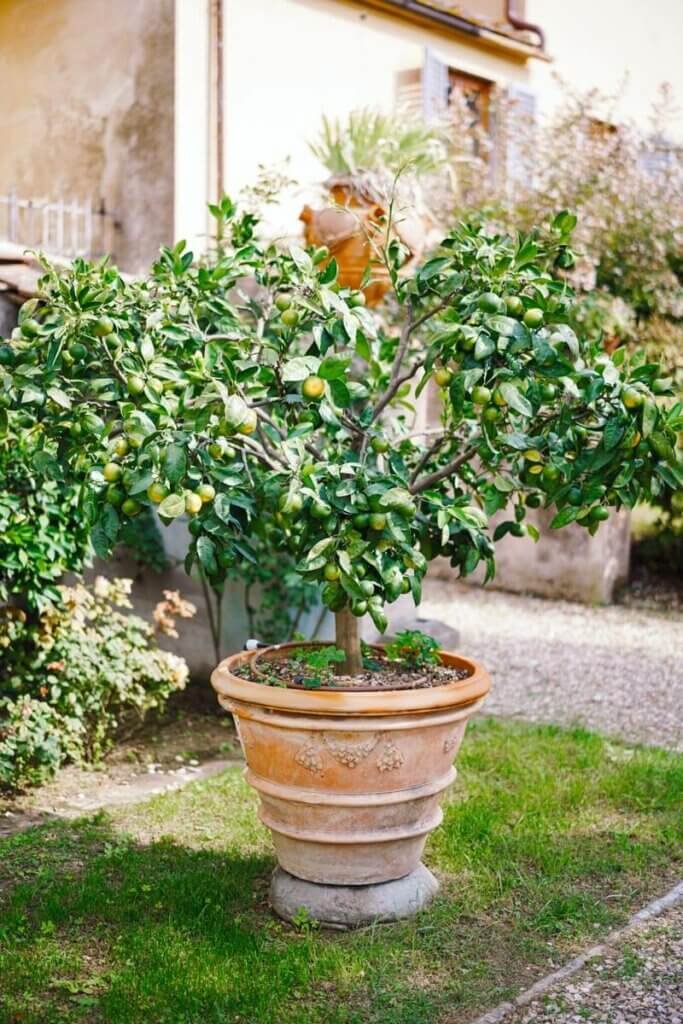
While loquats are generally hardy, container plants may encounter some challenges:
- Yellowing Leaves: May indicate nutrient deficiency or overwatering. Check soil moisture and fertilize appropriately.
- Root-Bound Trees: If roots circle the pot and growth slows, it’s time to repot into a larger container.
- Pests: Aphids, scales, and fruit flies may occasionally appear. Use neem oil or organic insecticidal soap to manage infestations.
- Fungal Issues: Ensure proper air circulation and avoid waterlogging to prevent fungal diseases like powdery mildew or leaf spot.
Tips for Successful Rooftop Loquat Gardening
- Wind Protection: Rooftop gardens are often exposed to strong winds. Use windbreaks or temporary supports for young trees.
- Container Stability: Heavy pots or grow bags filled with soil may need extra support to prevent tipping over.
- Regular Monitoring: Container plants require more attention than ground-planted trees. Check soil moisture, nutrition, and pest issues regularly.
- Pollination Support: If pollinators are scarce on your rooftop, hand pollination with a small brush can help improve fruit set.
Culinary Uses for Loquat
Loquat fruit is deliciously sweet and tangy, making it versatile in the kitchen:
- Fresh Eating: Simply wash, peel, and enjoy the fruit raw.
- Loquat Jam or Jelly: Cook loquats with sugar and lemon juice for a fragrant, flavorful preserve.
- Baked Goods: Add sliced loquats to pies, tarts, or cakes for a unique twist.
- Smoothies and Juices: Blend loquats into refreshing drinks or cocktails.
The seeds should not be consumed, as they contain small amounts of cyanogenic compounds.
Conclusion
Growing loquat in pots or grow bags is a rewarding way to enjoy fresh fruit and enhance your rooftop or balcony garden. With proper care, including sunlight, watering, fertilizing, and pruning, container-grown loquat trees can produce abundant fruit year after year. Their compact size, evergreen beauty, and sweet-tart fruit make them perfect for urban gardeners seeking both aesthetics and productivity.
Whether you’re a beginner gardener or an experienced green thumb, cultivating loquat trees in containers allows you to enjoy the pleasures of fruit gardening even in limited spaces. Start today, and soon you’ll be harvesting your own delicious loquats right from your rooftop garden!
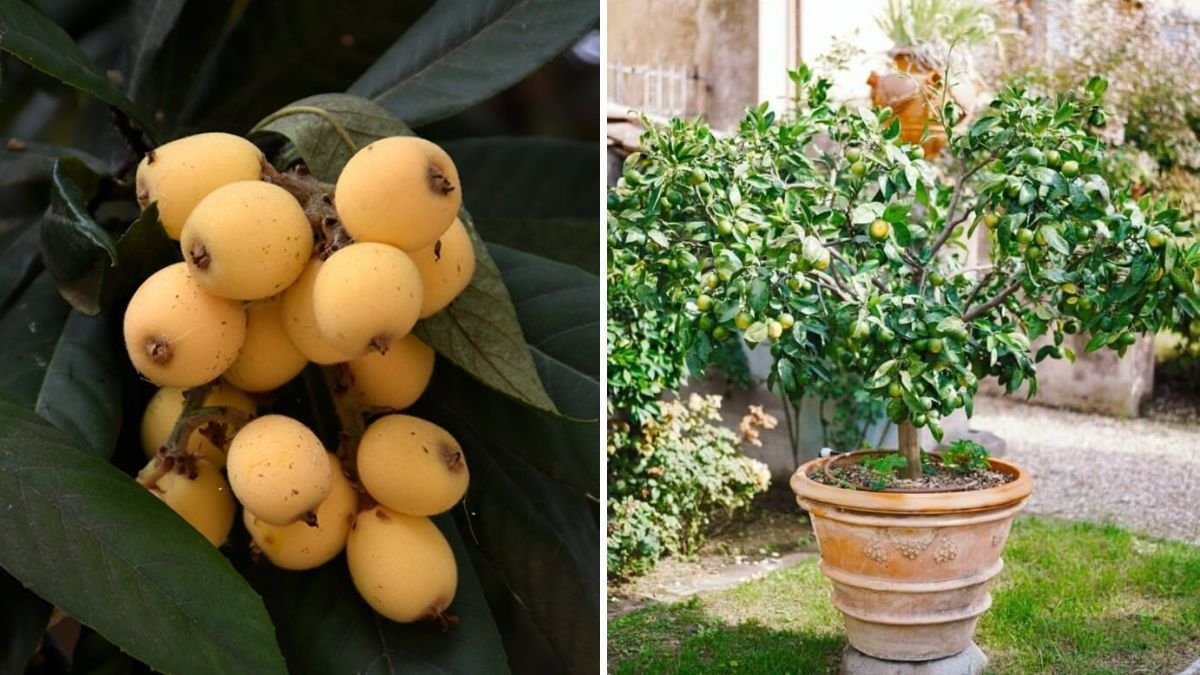




Leave A Comment